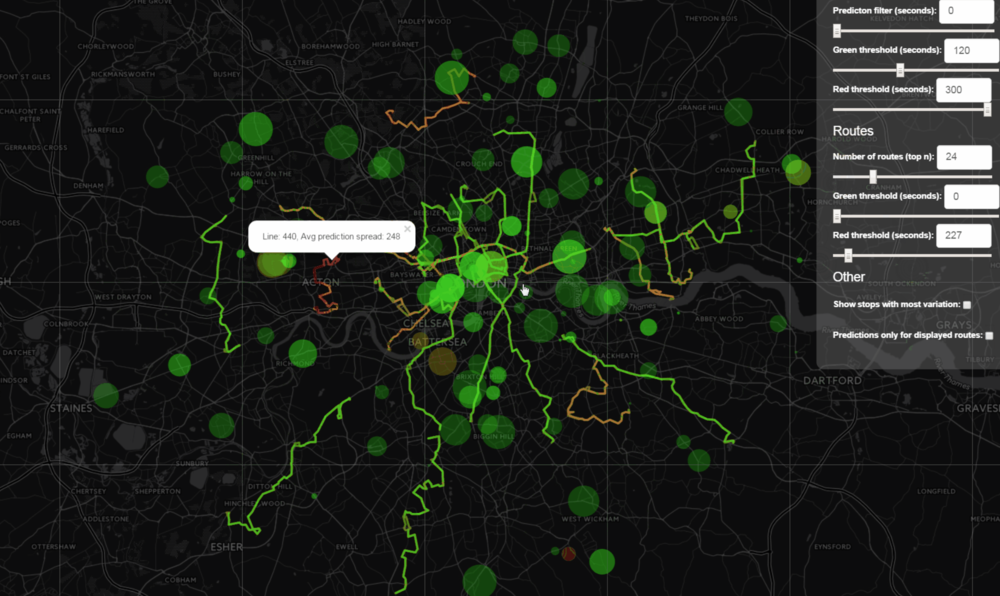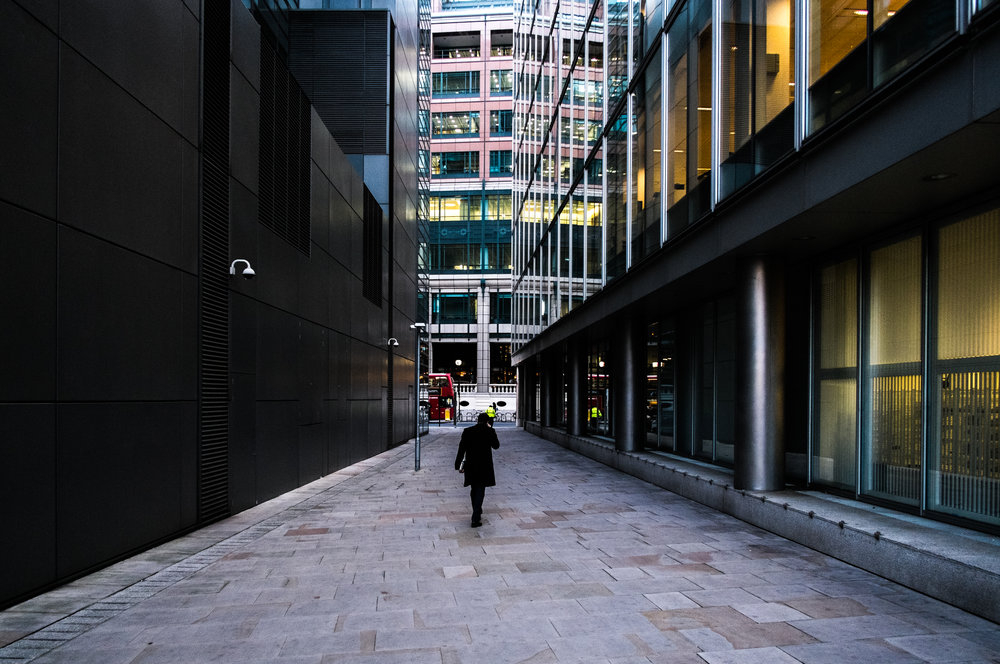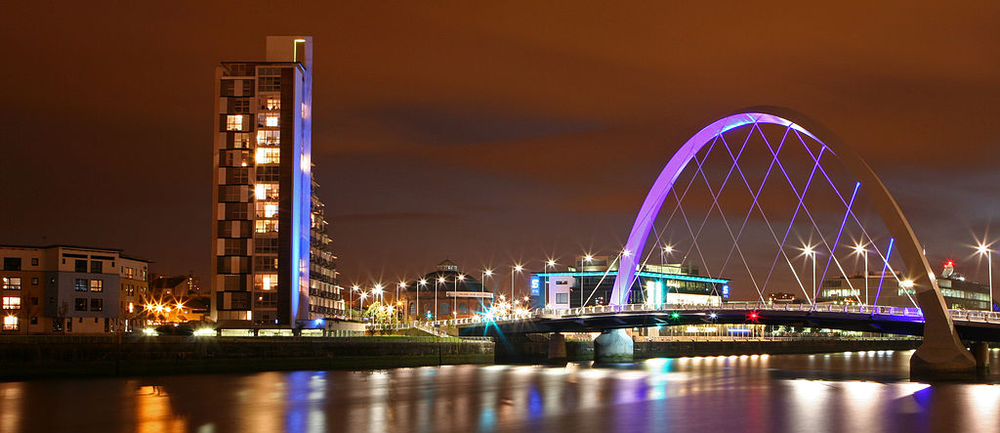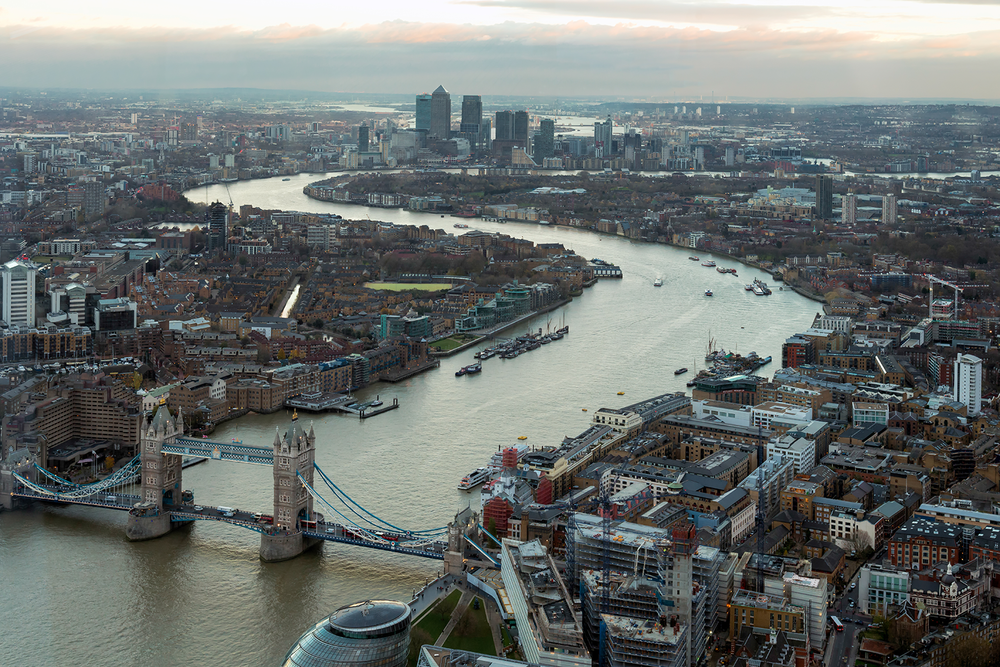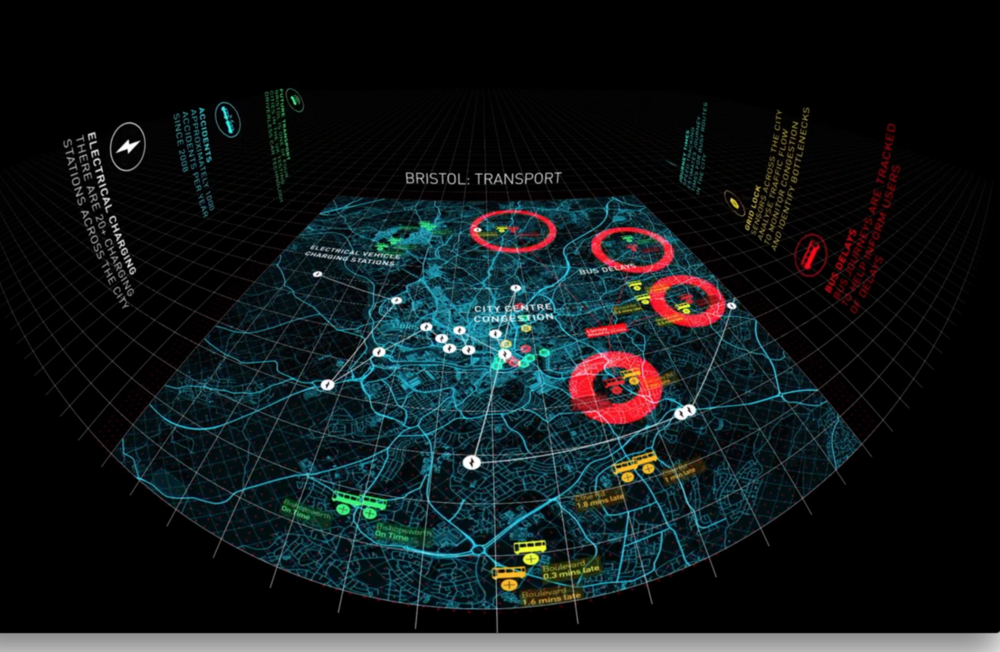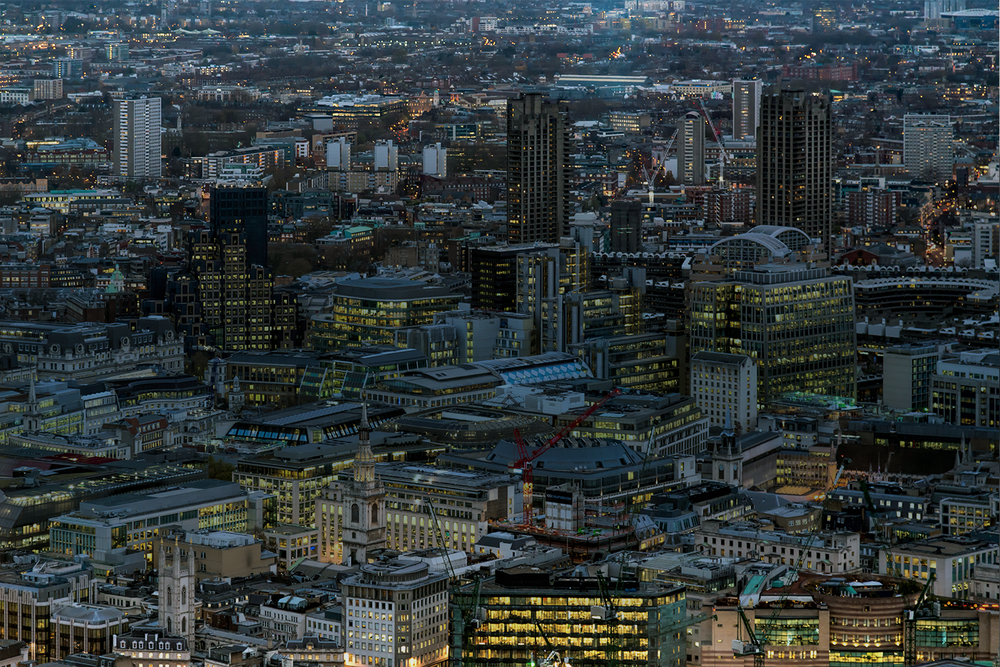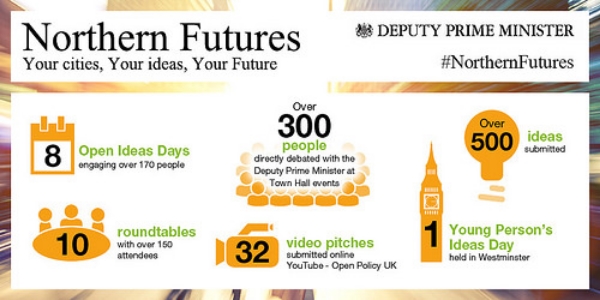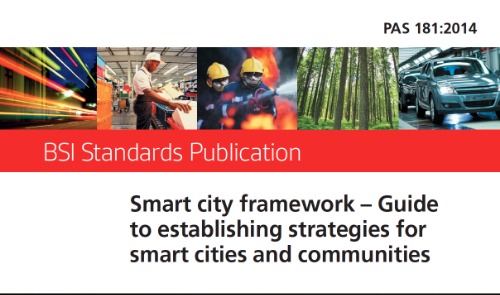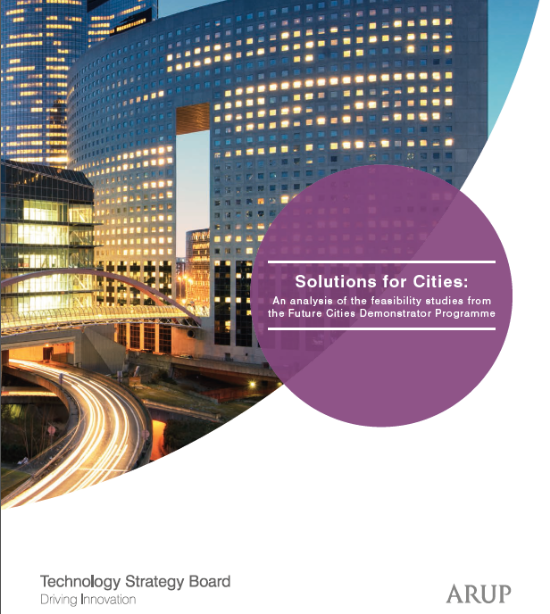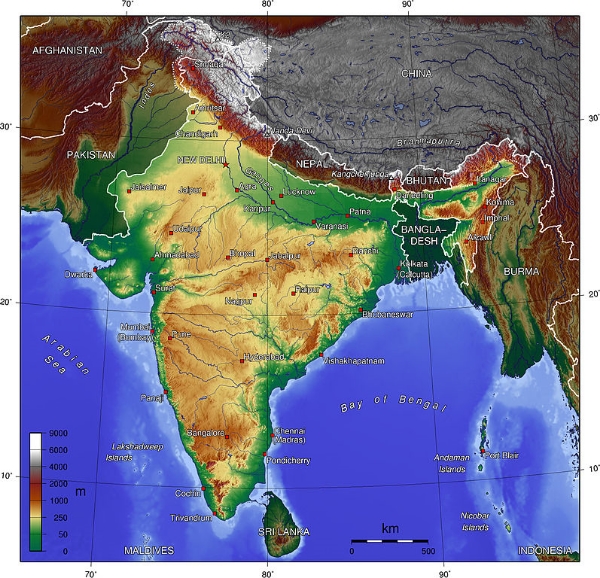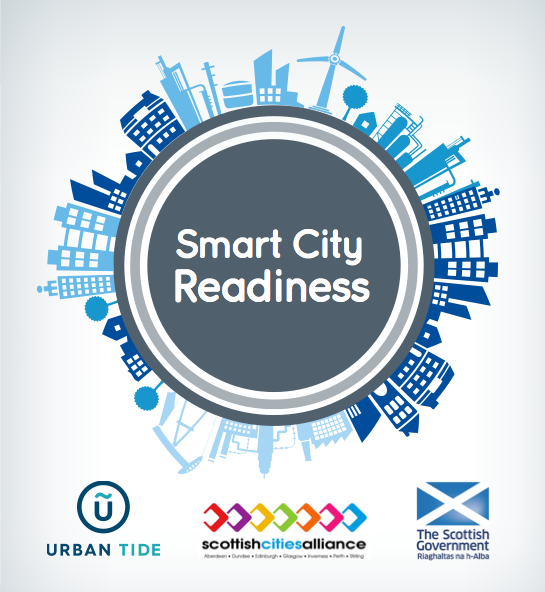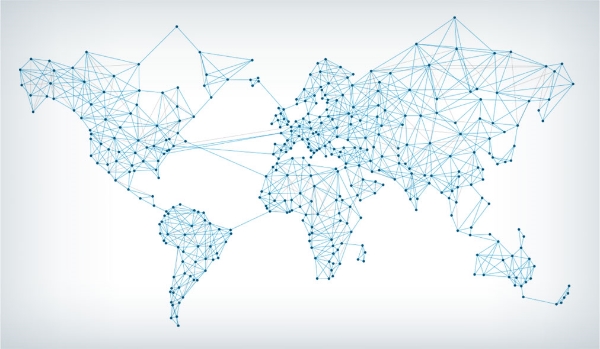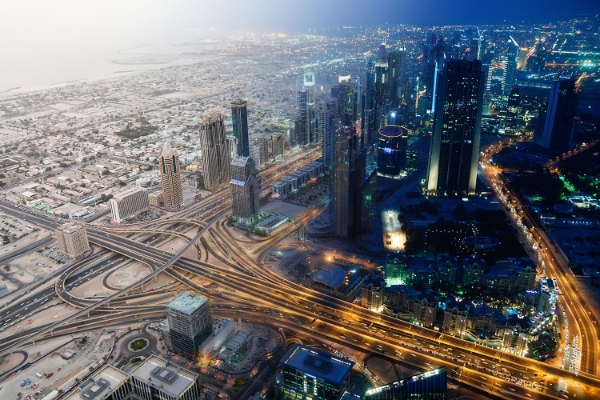UrbanTide and India: 5 Lesson's Learned from Simon's Trip to the Subcontinent.
India is taking steps to make its cities smarter.
November 7, 2014
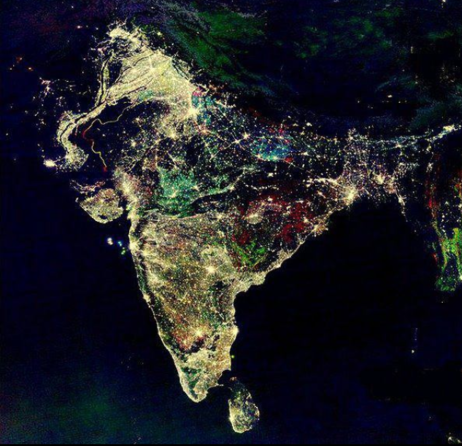
It is impossible to truly do justice to the scale and possibility of the place, especially regarding India's ambitious 100 smart cities project. But there is a huge amount of potential and variety in the opportunity.
India is bustling with opportunity.
In the wake of the Scottish referendum related ambiguity being settled and at a time when Scottish imports and exports to India are at a record high, The Scottish Development International invited 12 leading Scottish businesses to travel to India. There they met with representatives in the renewable energy, IT, healthcare, education and food and drink sectors as well as those within the highly prevalent 'smart cities' agenda. As mentioned in our previous post, Simon from UrbanTide was included in the delegation. Having returned with his expectations exceeded, below are the lessons learned from his trip.
1. The potential is staggering
The state of play explains the current and future potential of India from the Scottish perspective. Exports from Scotland to India now stand at £243million, which is 30% higher than 5 years ago. A similar trend exists within imports, the figure of £143million represents a 60% hike in the last 5 years.
The advances in this relationship and in India's increasingly commercial attractiveness are in no small part down to the government led, 'Make In India' initiative which aims to increase business sentiment in the country and encourage investment of time, money and expertise by foreign partners into India.
These rising trends coupled with a national move to welcome commercial investment and strategic ties shows just how much potential there is for ventures, such as Urban Tide, to lend our services and expertise. The 100 Smart Cities project embodies these changing commercial attitudes perfectly and with some commentators predicting the project to be worth $35 billion in the next 5 years alone, the financial potential matches the ambition and scale of the project fantastically. The smart cities market in itself will be worth an inconceivable $1.5 trillion globally by 2020.
2. There is huge variety
India is vast. From the hills to the coast and everything in between it is very apparent that different cities are going to have different needs. Simon visited 3 major cities on his trip.
First up was Bangalore.
Having recently teamed up with Cisco to become an 'Electronic City' and also known as 'The Garden City', its major industries and requirements centre around the provision of IT services. There Simon attended an excellent event 'Conference on Infrastructure and Technology Opportunities in Smart Cities'. One notable speaker Anil Menon, President, Smart+Connected Communities & Deputy Chief Globalisation Officer (quite a title!). He outlined the huge market potential and some of the key points needed to support the development of Smart Cities programmes, these include:
- The Vision, what is the cities soul? All great cities have a soul that enables them to attract people and thrive.
- Global Standards to simplify the complexity of interoperability and support Open Data.
- Smart Regulations that enable innovation and collaboration.
- Money has to be a true PPP (Public Private Partnership) with equal risk on all sides.
- Support local innovation that can scale globally.
Next was Hyderabad.
With its history in diamonds and pearls, modern day Hyderabad seeks to optimise its coast by forging new ground in oil and gas, energy and fishing opportunities as well as many more.
Hyderabad is a region with astounding ambition. Recently separated and now comprising 2 states, Talengana and Andra Pratesh, in the next 10 years it is expected that there will be 14 new or rejuvenated ports, 3 international airports, 3 megacities, 11 smart cities and 28 special economic zones. Huge ambition even if only a quarter is delivered.
Simon attended the 'Metropolis Conference' whilst in the South, which had over 250 speakers, 93 international cities represented and included a speech from the current President of India, Pranab Mukherjee.
Last but not least, New Delhi.
Last on the packed itinerary was the capital, to get a feel for the Delhi Mumbai Industrial Corridor (DMIC) project which represents the keystone venture of 100 Smart Cities. With $4billion having been spent already the DMIC will see new cities being built alongside upgrades to transport, health and logistic infrastructure to turn the area into a 'Global Manufacturing and Training hub'.
Simon attended the Connect 14 event whilst in the capital. This was a fantastic opportunity to “look to new horizons”, and bring together British and Indian business leaders as well as policy-makers to consider the business opportunities after the formation of the new Indian Government.
All of these cities have differing socio-economic, geographical and political strengths and requirements. Great care will have to be taken to ensure that these strengths are maximised, any shortfalls are addressed and integration and innovation are optimised. Essentially we are talking about the character and soul of a place, and in a country as diverse as India - that is absolutely crucial to maintain.
3. India Faces Challenges, Big Ones
Money.
The first and most obvious challenge is cash. How are 100 smart cities that are to be created or rejuvenated going to be paid for? Well, foreign investment is one desirable option with Japan, Singapore and the US already courted. The partnership with Japan in particular has already proved to be worthwhile with $34billion pledged in exchange for strategic ties, heavily centred on nuclear co-operation. Furthermore, India as a BRIC nation is an emerging global economic superpower. This should mean that the potential financial dearth is averted. Currently India seems a safe bet to invest in, however that may not always be the case and the country's prerogative has to be to make the most of the money that is currently available.
65% of India's Population are under 35.
Another massive challenge facing India is that of 'Generation Y' who already make up a disproportionate amount of the 520 million labour force that includes 800+ million mobile users. To cope with this trend it is estimated the country needs to create 1 million jobs each month. This workforce feverishly pursue a western standard of lifestyle which highlights the current challenge in India's service delivery.
Simply put, Indian cities have no option but to become smarter in order to cope with this rising demand. Furthermore this demographic boom will yield an entirely different set of socio-economic problems in 30-50 years time.
The Governance Challenge.
As previously stated, India is vast. They have a newly elected Central Government and broadly speaking there are 3 tiers of governance, central to regional to local. However, there are 28 states in the country with varying levels of bureaucracy, no mayors and no shared budgets.
To meet this challenge city management systems have to mature massively and the use of the sort of services that UrbanTide offer have to be utilised.
How to develop India?
Another great challenge is how and where to strike the balance between Greenfield and Brownfield development. By 2030 it is predicted that the urban share of GDP in India will be almost 70% but 60% of India isn't built yet.
It is also worth noting again here some of the regional opposition to the smart cities movement, focused along the lines of the deregulation for development being unconstitutional and imperilling indigenous areas way of life. It's important that India learn the lessons from other countries and listen to the people with their rich culture.
These are just a few of the pressing matters that require attention as India's cities take steps to become smarter.
4. The 'Challenges' Show the Way
That being said, what the challenges represent is the path to realising the potential and variety of smart cities in India, and not insurmountable obstacles. In meeting and overcoming them, India will begin to create urban environments that optimise the resources available and improve the everyday quality of life for their citizens. The challenges are not nails in the coffin but points on the blueprint.
5. The Calibre of Individual is Incredible
One of the prevailing takeaways from the trade mission was the quality of the conferences and networking opportunities. Eminent speakers from the likes of Cisco, Frost and Sullivan, PWC, Wipro, Mahindra & Mahindra were represented as were important figures from domestic Smart City ventures. The speeches were informative and engaging, the discussions were in-depth and insightful. All SDI trade mission companies were truly charmed by the fantastically intelligent hosts in each city. The ambitions the nation has are more than substantiated by the start-up culture, skills and ability of those who live and work there.
Conclusion
As previously mentioned, UrbanTide had an idea of the potential of India's smart cities. That initial impression was totally surpassed by the optimism Simon encountered every day he was there.
India is taking steps to make its cities smarter. In short, it is impossible to truly do justice to the scale and possibility of the place, especially regarding India's ambitious (some may say audacious) 100 smart cities project. But there is a huge amount of potential and variety in the opportunity.
Meeting those challenges head on will see India claim its rightful place at the Smart Cities table. However, it is going to be messy. A Utopian vision of planning for every eventuality and a smooth transition for the entire country is unrealistic. Indeed, the first target of 100 smart cities is likely to be missed. Trial and error will rule the day and continuous iteration will see India achieve its goals.
India has everything it needs to succeed, from their people and their willingness to accept outside help. UrbanTide will be available to get our hands dirty and get stuck into the positive wave spreading across the country when the call comes.
More
Unlocking Ireland's Data Potential: Navigating the Open Data Directive with UrbanTide
News

UrbanTide's Commitment to Security: Officially ISO 27001 Certified!
News

uZero was awarded the edie Net Zero Innovation of the Year: Software, Systems & Services Award
News
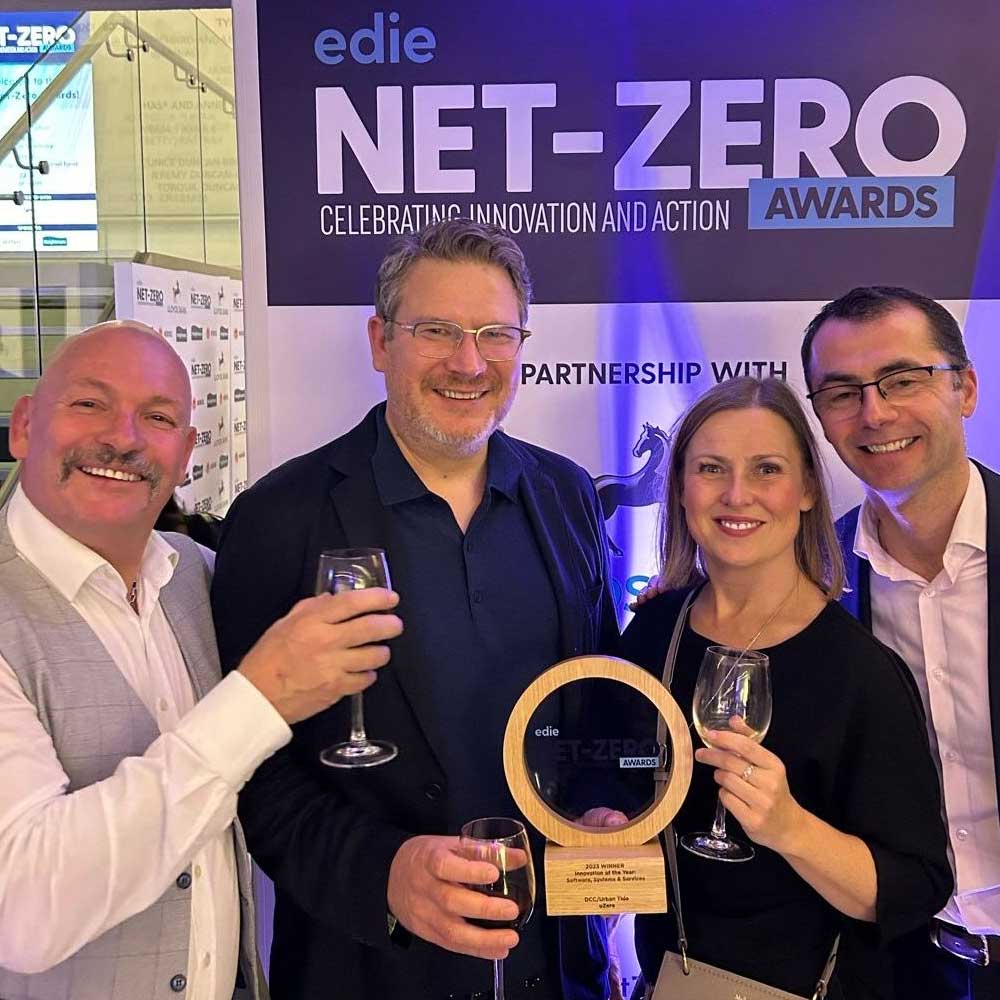
Tackling the growing fuel poverty crisis and supporting the Just Transition to net zero
News

Low Carbon Homes’ Home Upgrade Show: Innovations in Retrofit
News
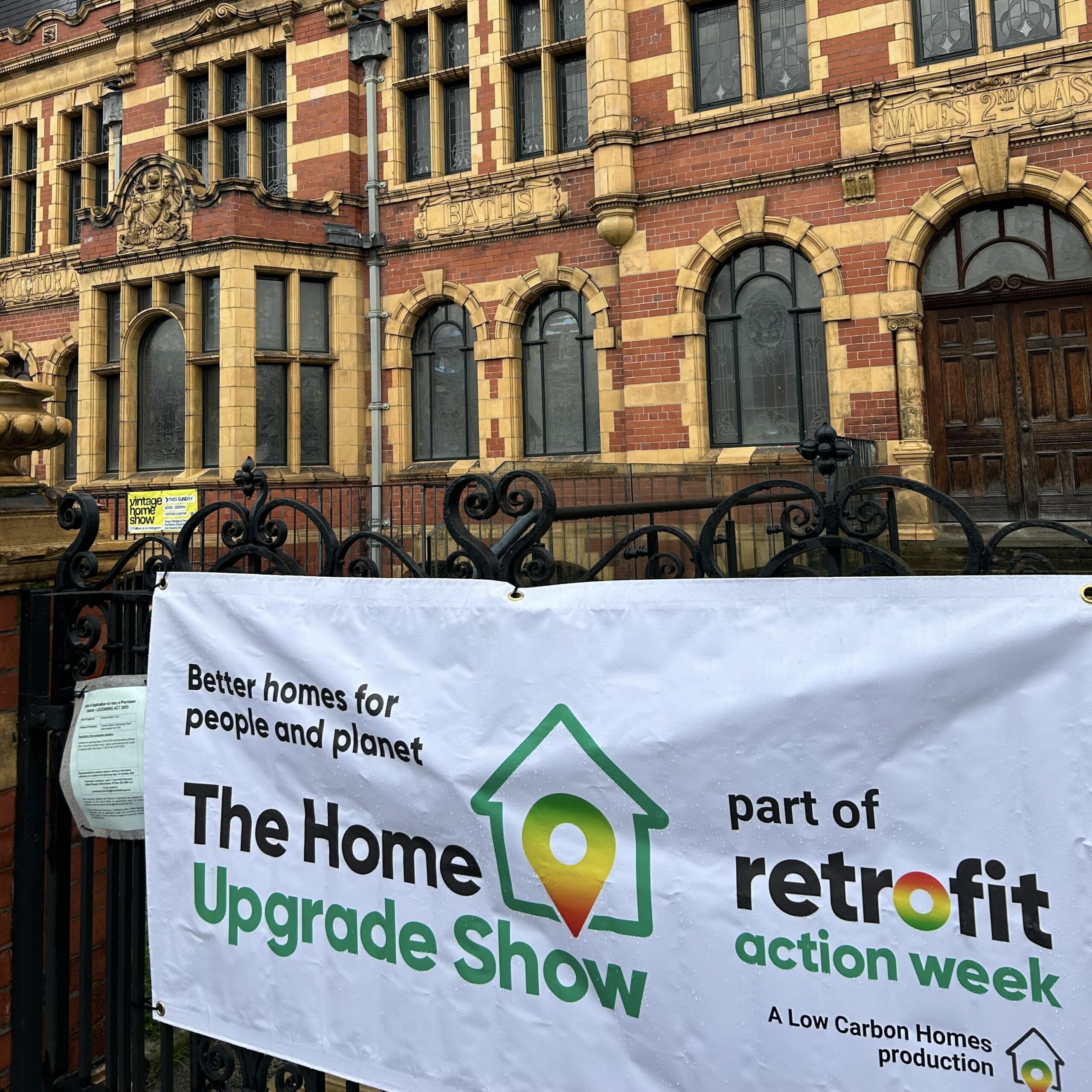
Data Integration and Collaboration are critical for the future of Transportation: Insights from JCT Symposium
News

uMove to support Bedfordshire Council to achieve ambitious sustainability plans
News

Active travel, the current challenges and solutions
News

Using the power of data to build cities of tomorrow
News
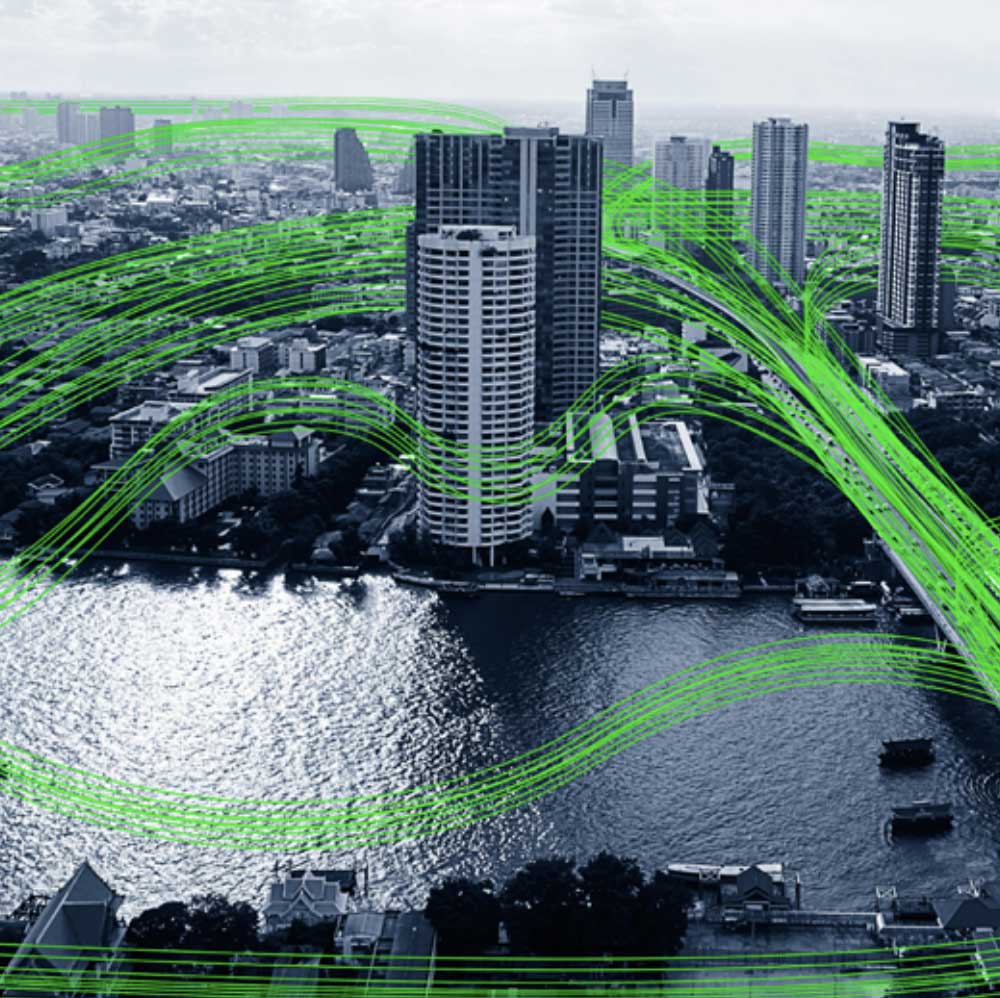
uMove supports the Smart Manuals for Streets programme from DfT
News

Scotland's Cycling Framework Makes Infrastructure Greatest Priority
News
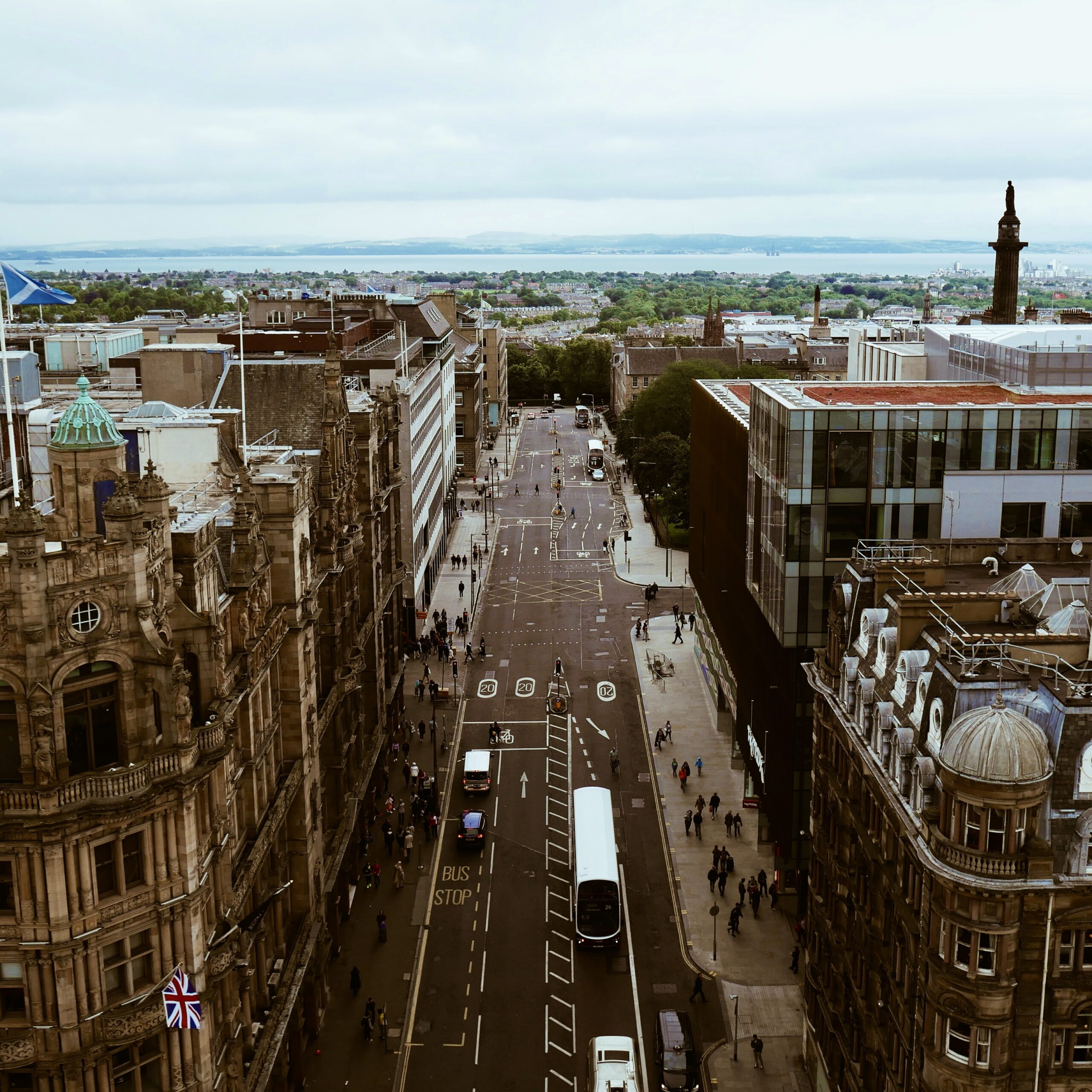
Reducing emissions and improving health with active travel
Cycling Scotland

Targeting energy-efficiency campaigns to households most in need
Greater South East Net Zero Hub

Protecting an aging population from fuel poverty
Dartford Borough Council and Dover District Council

Identifying households eligible for energy grant support
The Wise Group

Facilitating active travel behavioural change with data
SEStran

Helping identify customers in or at risk of fuel poverty.
UK Power Networks
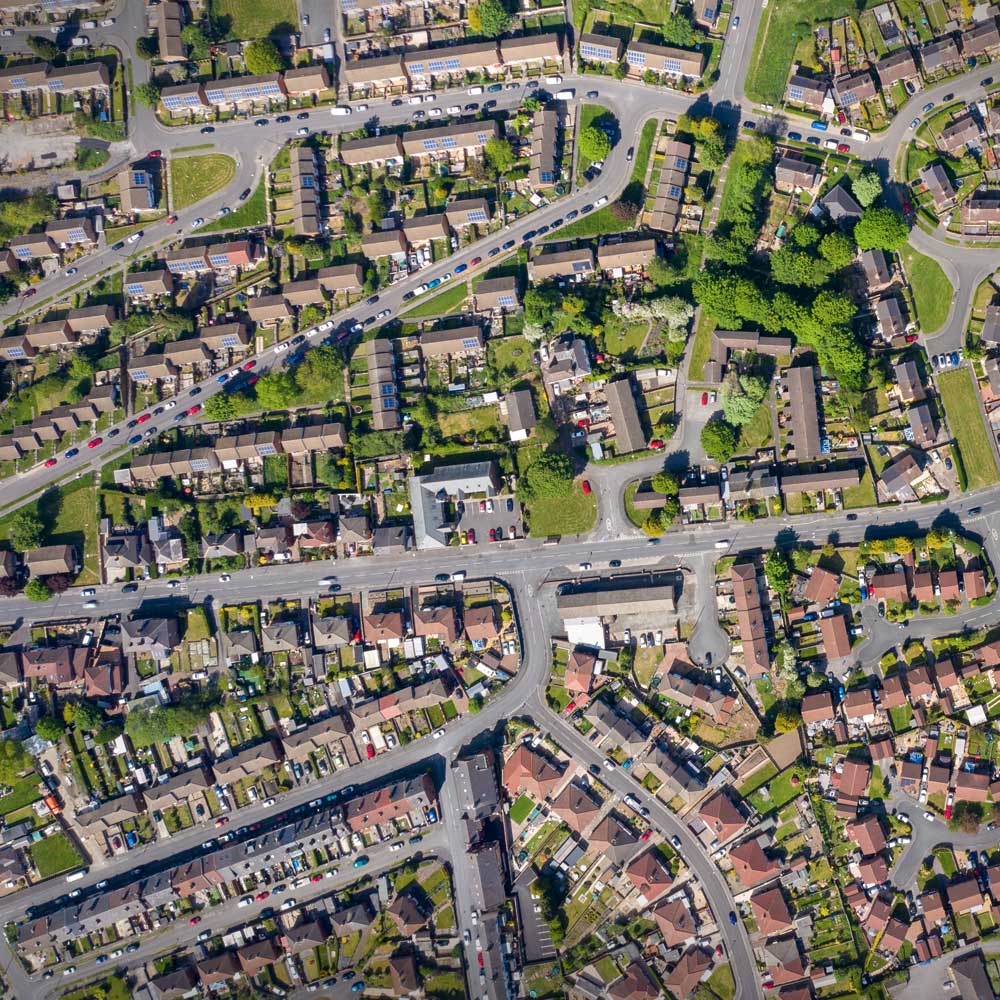
Open data promotes transparency, builds trust and empower citizens
Ireland Open Data Training

Identifying and unlocking new revenue from business rates with AI
North Lanarkshire
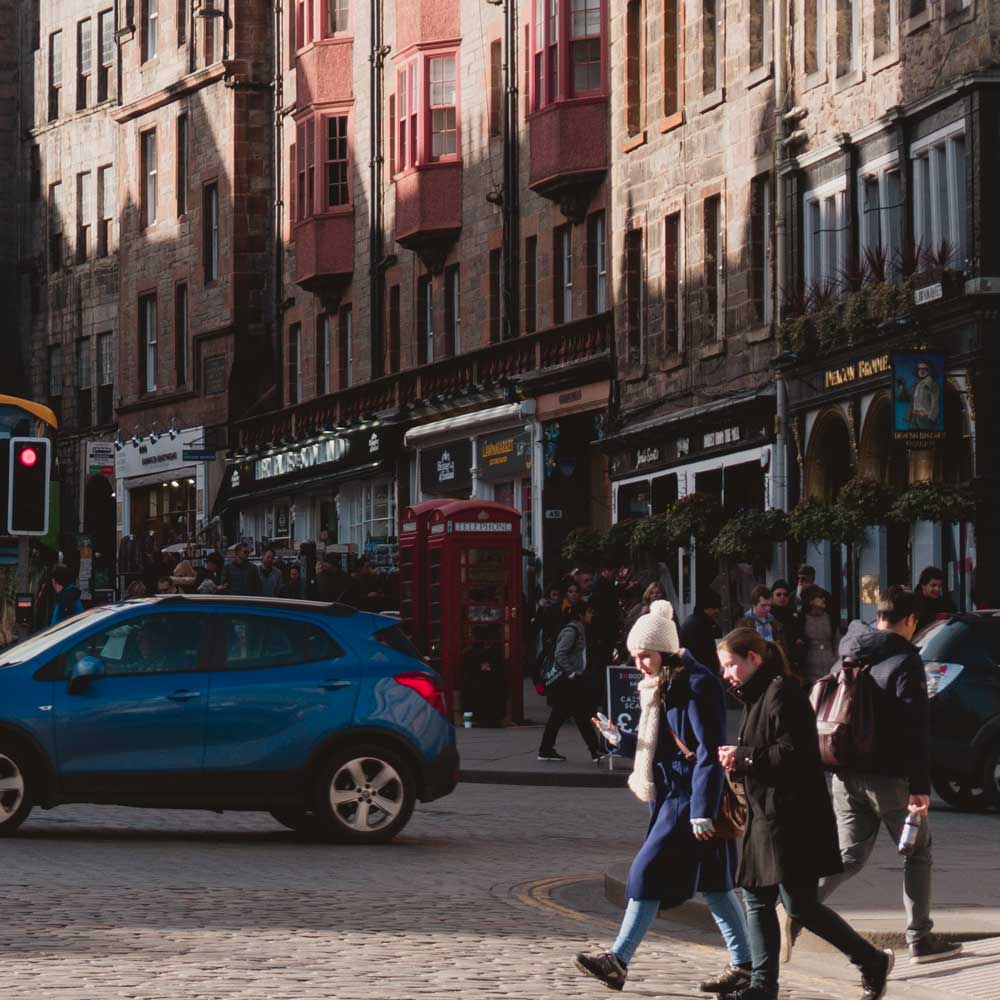
Tackling the growing
fuel poverty crisis with data and AI
UKRI

Understanding how we live and use our homes with real-time energy data
Smartline
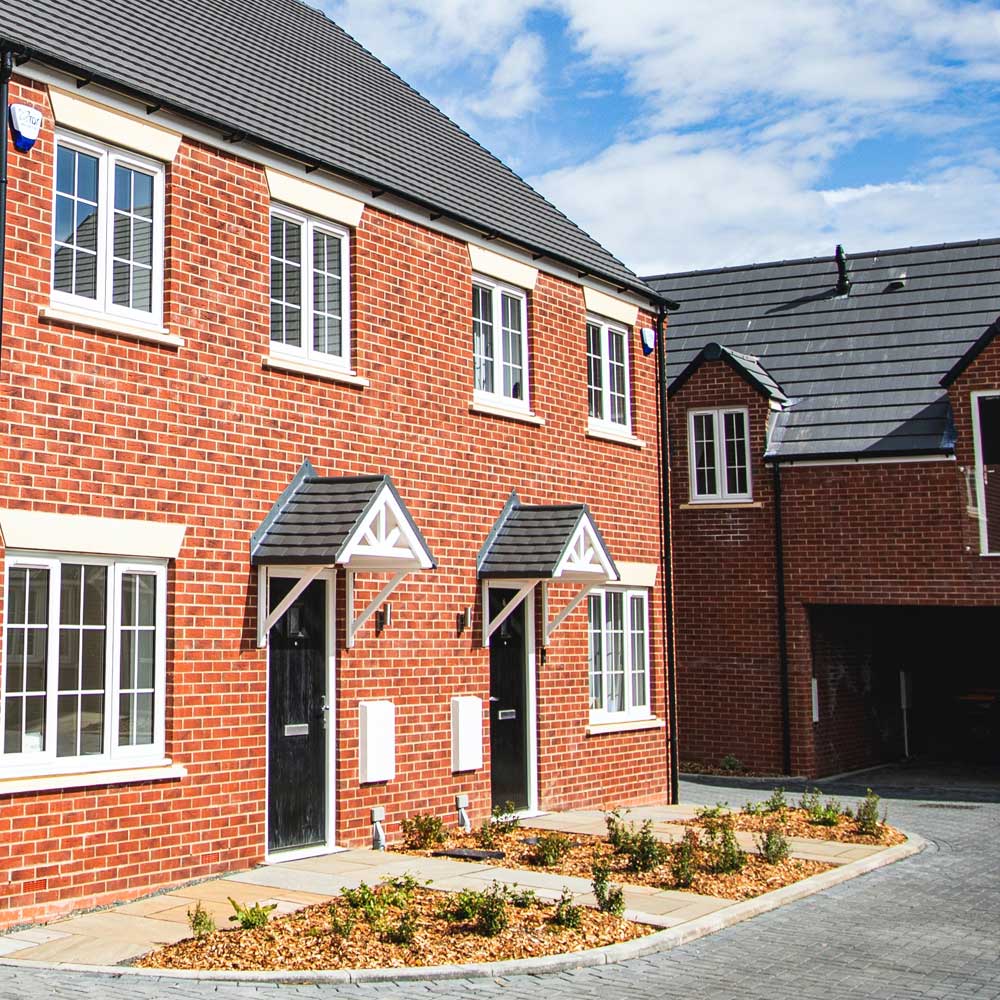
Managing the impact of noise pollution on our cities
Noiseability

Accelerating the transformation of the UK’s energy systems
Energy Systems Catapult
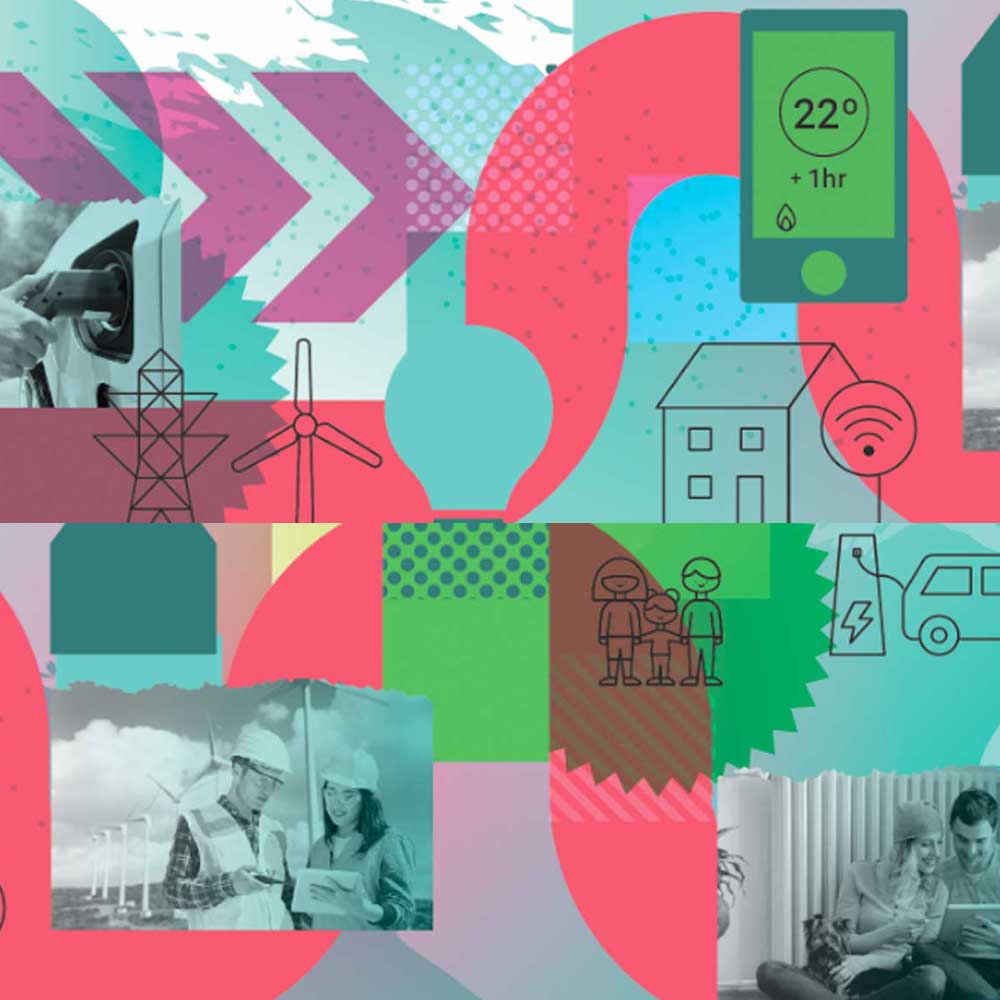
Creating an integrated, affordable low-carbon energy system of the future
ReFLEX Orkney
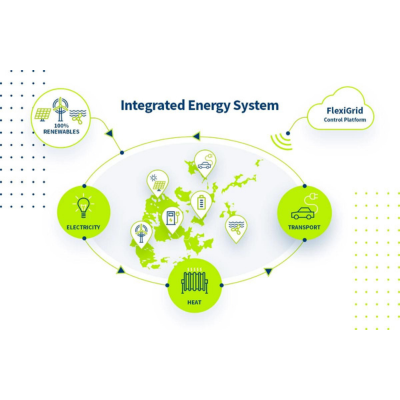
Investing in sustainable transport infrastructure to become carbon neutral
Somerset County Council

Identifying ageing households at risk of cold and damp home
Sunderland City Council

Innovate UK funding to help our Planet Centred approach to retrofitting Europe’s leakiest homes
News

Open data is now a legal requirement in Ireland and the EU
News

New ‘uZero’ Artificial Intelligence software could help millions with their fuel bills
News
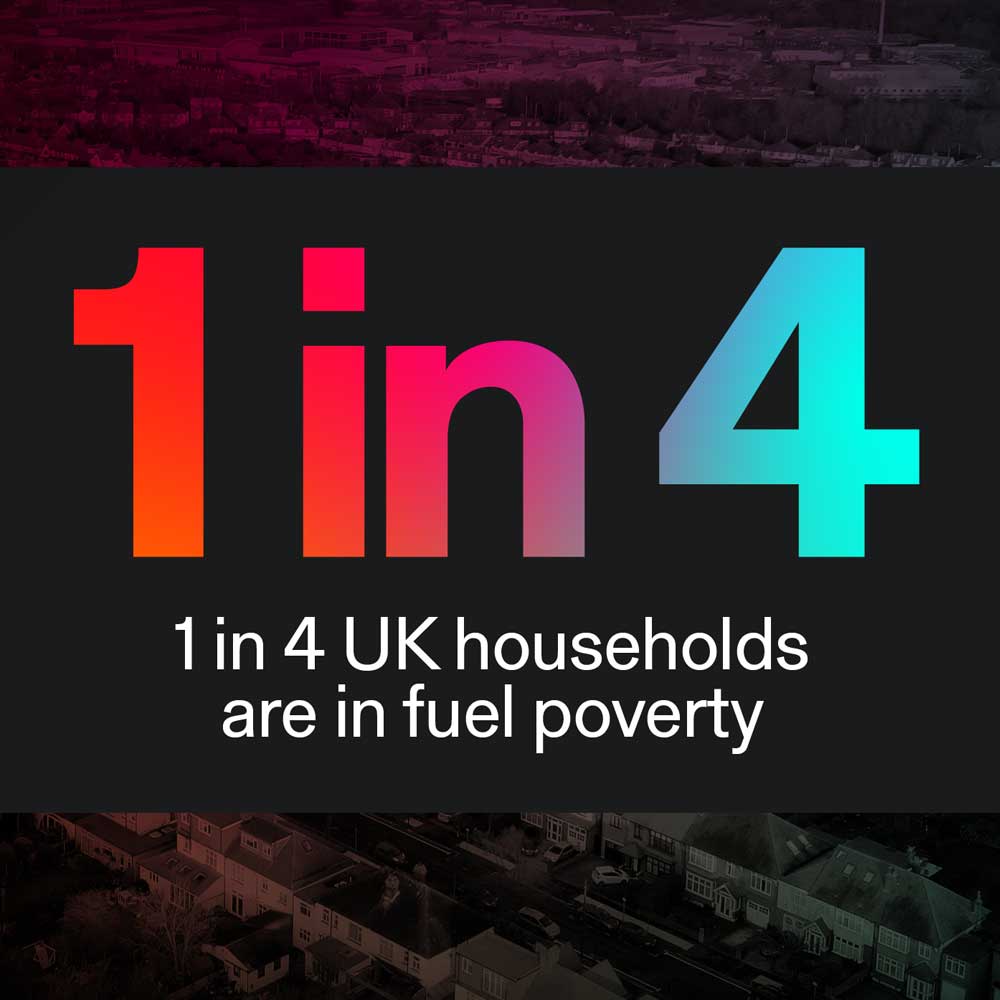
UrbanTide helps secure £48 million funding for Scottish Cities Alliance
News

UrbanTide leads £24 million program to make Glasgow a Future City
News
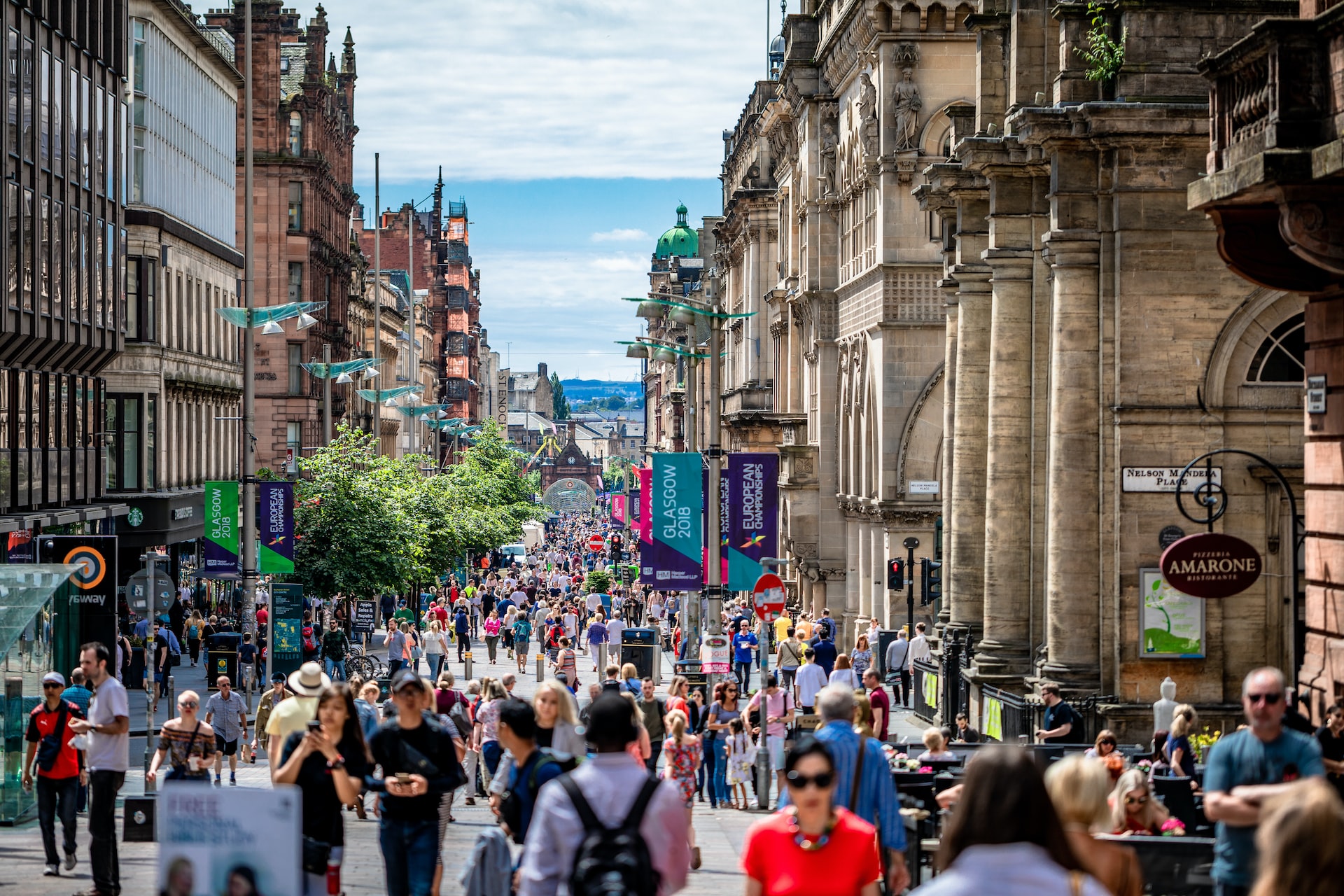
Building smart communities for OPEN Glasgow Engagement Programme
News
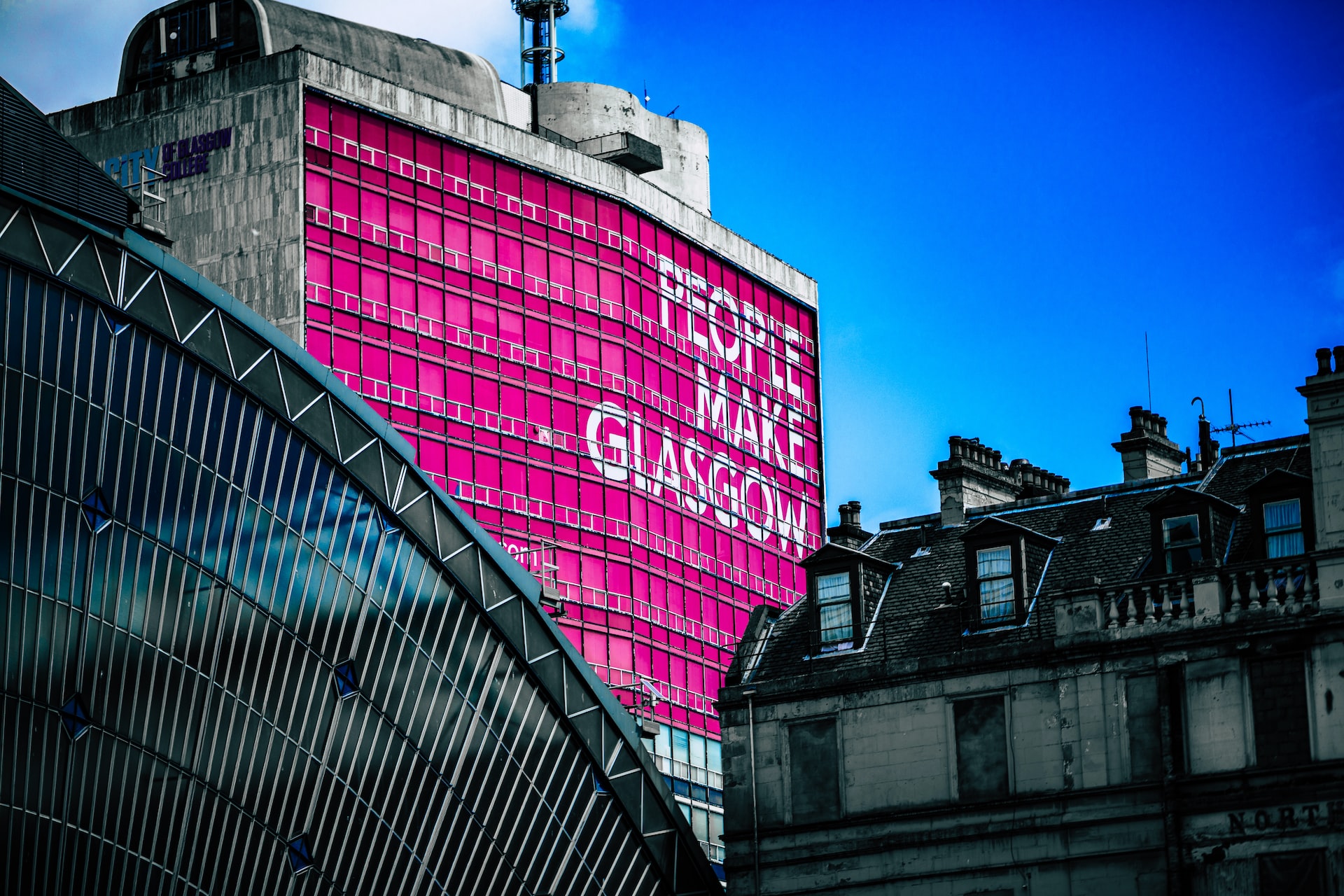
UrbanTide launches IoT data insights platform, uSmart
News
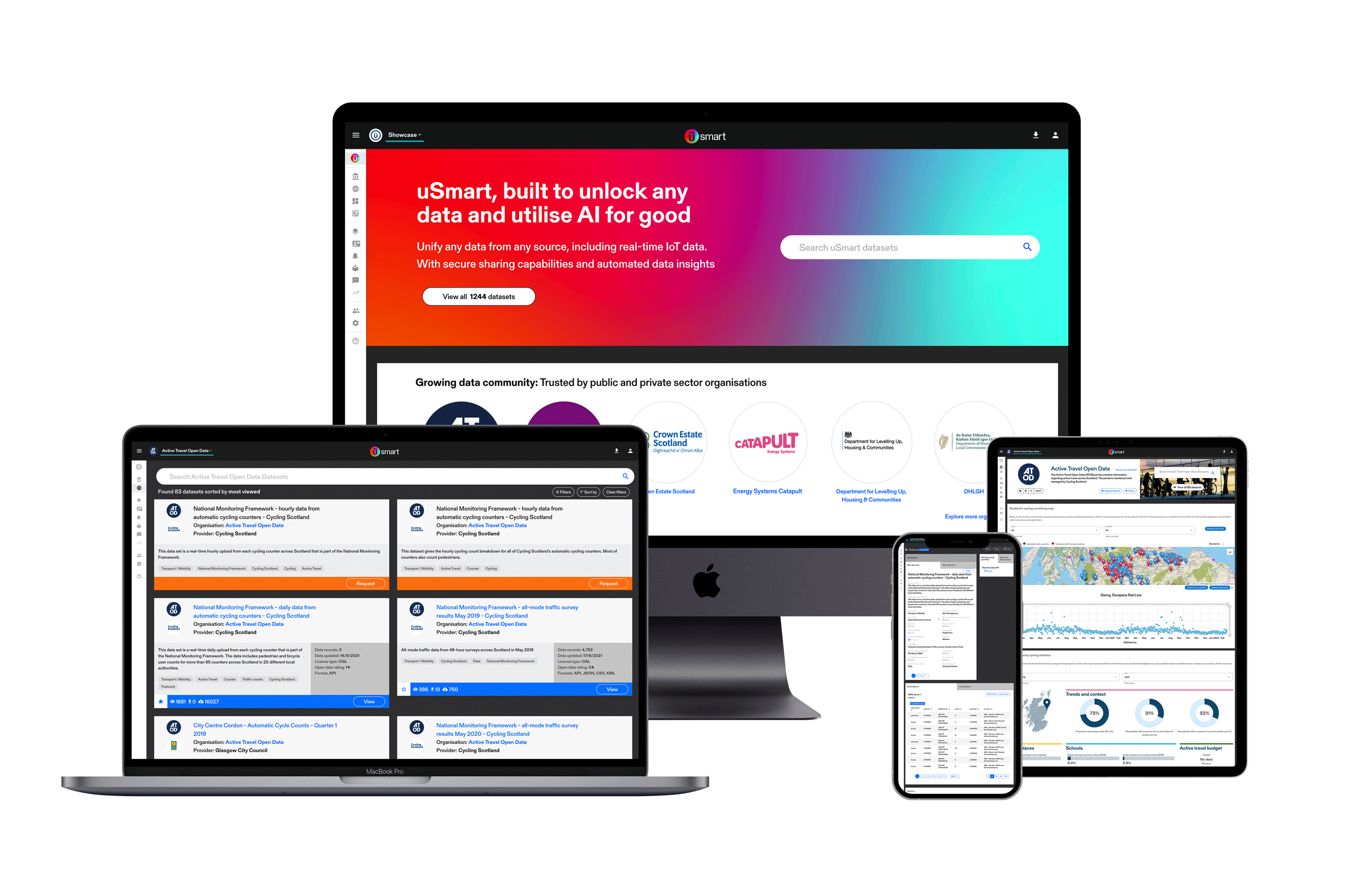
uZero announced as UKRI MEDA competition winner
News

Social Connect is a unique UK Power Networks (UKPN) innovation project
News

UrbanTide announces partnership with Energy Systems Catapult
News

UrbanTide marks four years of Open Data training in Ireland
News

Noisability: UrbanTide wins major bid as part of SynchroniCity program
News

UrbanTide joins prestigious Artificial Intelligence accelerator
News

UrbanTide recognised at ScotlandIS Digital Technology Awards
News

ODI publishes case studies that show how open data can be used in service redesign
News

UrbanTide teams up with North Lanarkshire Council to make better services with data
News

UrbanTide, Snook and North Lanarkshire Council announced as finalists for the 2018 Digital Technology Awards
News

Innovative smart communities IoT project powered by USMART
News
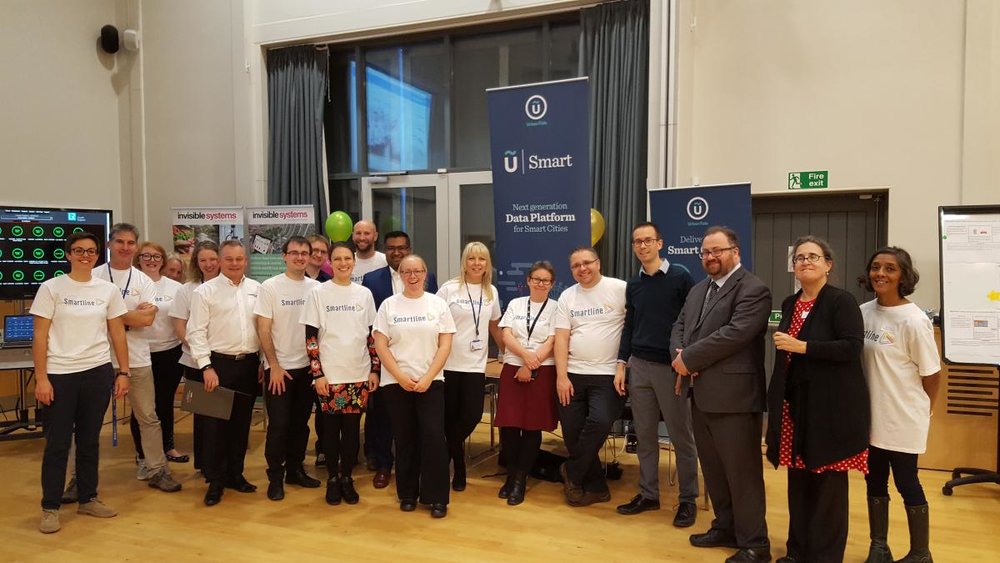
The Power of Data Science in the Health and Care Sector
News

UrbanTide to help transform Ireland by unlocking the power of open data
News

Stay ahead of the curve by learning more about these new smart cities standards
News

#DataFest17 - 12 key lessons we learned about smart cities, communities and the future of data
News
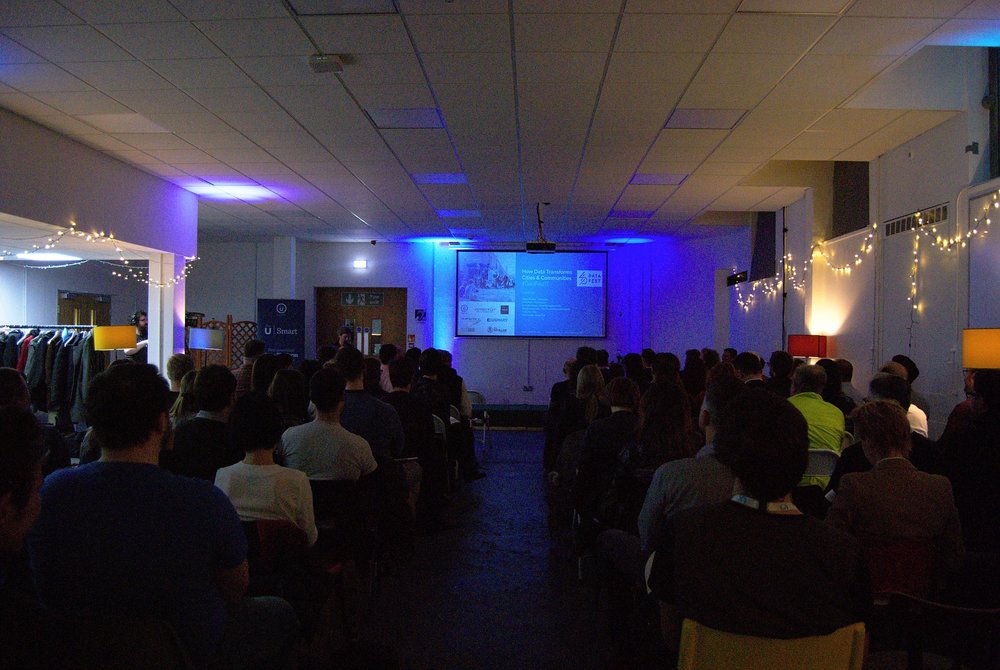
Emerging ideas for a renewed (Y)Our Glasgow City Centre
News
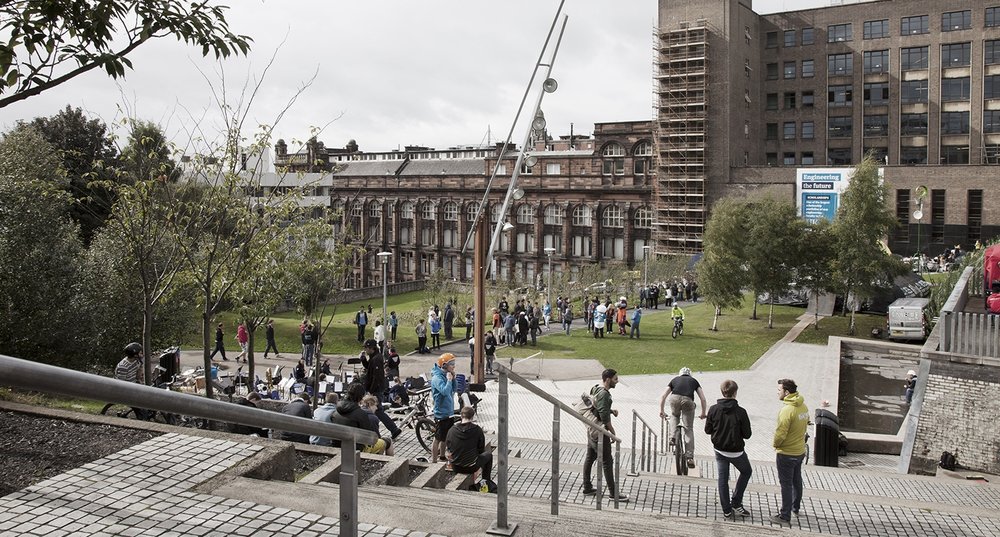
Future Health Hack - building the future of healthcare one line of code at a time
News
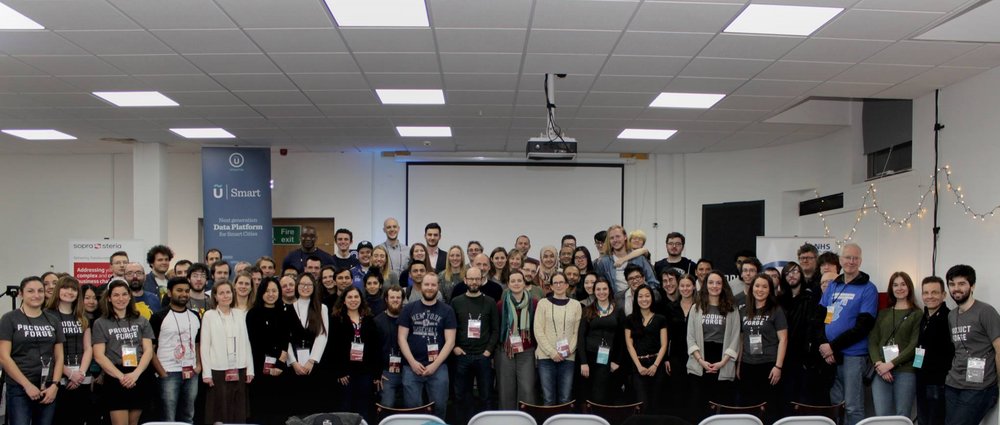
Meet our API Data Explorer – aka your new best friend if you are working with big data
News
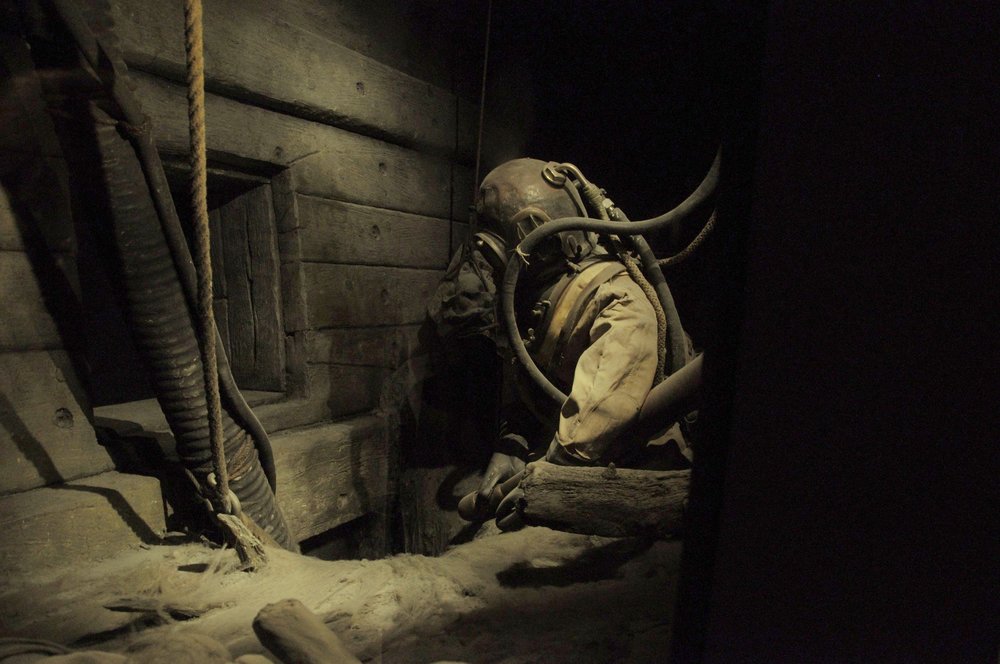
Car parks ‘extinct’ in smart cities of the future?
News

3 awesome USMART features - with more coming soon!
News

Data scientists and USMART: a match made in heaven
News

We are now Regional Supporters of Open Data Impact Map
News

Next generation open data platform looking for beta testers!
News

Glasgow city centre regeneration - how smart can Glasgow be?
News

Open data - is the open private sector the next frontier?
News

Open data everywhere! Review of open data maturity in Europe, UK and Scotland
News

Feedback from our year delivering open data training for Scottish Government
News

Announcing our new open data training programme
News

Glasgow City Centre District Regeneration Frameworks
News

Metadata and metadata standards- reflections from our Chief Operational Officer
News

All about our Smart Cities Maturity Self-Assessment Tool
News

Open data training for Scotland's public sector
News

Engage - invest – Exploit (EiE) or Enjoyable - interactive - Experience (EiE)
News

UrbanTide and India: 5 Lesson's Learned from Simon's Trip to the Subcontinent
News

Cisco and the Smart Cities Council: 4 Messages from America...
News
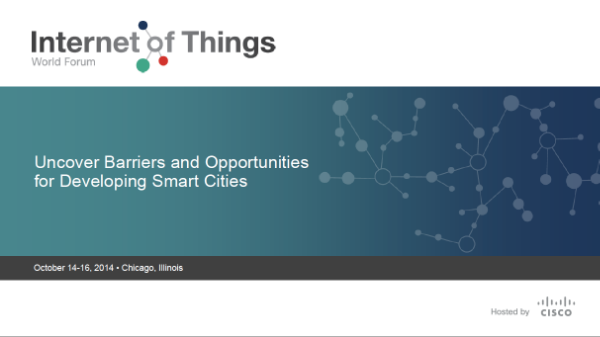
Edinburgh continues to iterate, and then iterate again
News

Start your journey
Take a look at our product page to find out which UrbanTide AI tool has been designed for your needs.
Find out how we can support your data and AI projects and see our growing AI portfolio in action.













